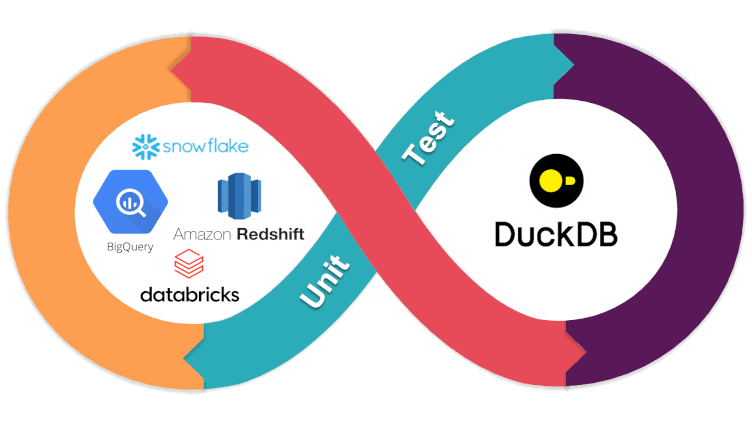Snowflake Data Loading
Summary
Snowflake offers powerful tools for data loading and transformation, so why consider Starlake? What distinguishes Starlake, and why is it important? This article delves into these questions, exploring how Starlake complements and enhances your Snowflake experience. Specifically, this article tackles the challenges of loading files into Snowflake
Although Starlake supports transformation activities, the scope of this article is limited to data loading.
